 Friday May 10, 2019, I was one of the 40 participants of the first Agile NXT Future Day conference organized by Xebia.
Friday May 10, 2019, I was one of the 40 participants of the first Agile NXT Future Day conference organized by Xebia.
It was perfectly organized, really interesting and next level topics, great food, and enough time to network. The conference offered seven thought leaders to sharpen our mind and to help to improve your own organization’s performance. The group was split in two to facilitate discussion and active participation. Four sessions of 1,5 hour that made it possible to get some theoretical background and workshop set-ups to learn by doing.
The first session – Why the Agile “Fixed-Team” Dogma is Wrong (Laïla Nouijeh & Laurens Bonnema) was somewhat controversial. Fixed teams are the ideal world and now they say this is wrong. Luckily, it’s not that black and white but the reality is that people are entering and leaving the teams on unexpected moments, sometimes due to management decisions, sometimes as a result of a team mismatch, sometimes on a person’s own initiative and in most cases it will have a negative impact on the team’s performance. If you take this for granted and accept that reteaming is inevitable, make sure you get good at it. To become good in reteaming you can look e.g. at techniques like pair programming or MOB programming to speed up the process of integrating new members or create a checklist to facilitate on-boarding and make sure the questions are definitely a lot of fun to answer. To build, reshuffle or reteam teams you can also make use of self-selection. This will speed up the process of teaming too and ultimately you will have more engaged teams. In the last part we had a workshop to discover how to implement dynamic reteaming experiments in your organization.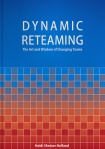
An interesting book to read is Dynamic Reteaming: The Art and Wisdom of Changing Teams by Heidi Helfand.
The second session – Stop Copy-Paste Agility, Start Agile Problem Solving (Daniel Burm) focused on the question: Is your agile “copy-paste” or “problem-solving-specific? If you only imitate, you’ll never innovate. Daniel started the session with a video from David Kelley, founder of IDEO. How they countermeasure solution thinking (what is deep dive) about designing a shopping cart.
Based on this video the question was asked if this design thinking process could be used for organization changes too? In a workshop setup all attendees got the chance to practice some techniques which were explained upfront. E.g. the Design thinking process for change based on a holistic approach: Empathize (scoping, 360 research and synthesize), Ideate (impact mapping: goal – actor – impact – deliverable), Experiment (run controlled experiments, experiment canvas). We practiced the change urgency interview resulting in a first problem statement, we reframed problems into challenges, and we created an experiment setup including an underlying hypothesis. All attendees received a workbook including the used templates and tools and the advice to learn what it takes to solve your own companies’ problems, your way—the agile way.
An interesting book to read is Impact Mapping by Gojko Adzic.
In the third session Structure Your Organization For Tomorrow (Roel Trienekens & Just Meddens) we learned how to confront the real challenges of current work-impacting trends. Gain practical knowledge for your organization’s future-fit toolkit. Referring to David Marquet’s book Turn the ship around and showing the Pirates of the Caribbean – At World’s End – Up Is Down Scene.
Using three-dot voting all attendees selected a few themes out of ten. We started to discuss pros and cons of radical transparency. What if you have access to …
- everyone’s planning?
- everyone’s experience?
- everyone’s to do list?
- everyone’s goals and targets?
- the complete company finances?
- everyone’s performance reviews?
- everyone’s salary and benefits?
- everyone’s e-mail communication?
There are organizations, e.g. Buffer or Semco, where this works, so why would it not work at your place, but you need for sure a mindset shift to accept this way of transparency.
The second topic we discussed was about a new way of decision making. How are decisions being taken? Do you know how much a reasonable decision costs in your organization? You can use an autocratic decision-making process, a democratic process (“The process of voting creates losers” – Rick Falkvinge), consensus and using the process of consent (holacracy, sociocracy). We experiment with consent decision making starting with the statement is this good enough for now & safe enough to try in stead of ‘is everyone in favor?
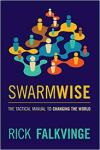 An interesting book to read is Swarmwise by Rick Falkvinge.
An interesting book to read is Swarmwise by Rick Falkvinge.
 Interesting Podcasts: http://detoekomstvanorganisaties.nl
Interesting Podcasts: http://detoekomstvanorganisaties.nl
The fourth session When Agile Meets Culture … And Clashes (Ellen Barree) helps you to open your eyes to the “invisible elements” that often undermine transformations. If you want to change the culture you need alignment between the three layers: rituals and artifacts, exposed values and behavior and underlaying assumptions. What can we learn from how David Attenborough observes? Take e.g. how David explains The Software Developer.
We experiment how to make culture change more tangible and sustainable by using the corporate culture map (A3 placemat). Starting with the desired cultural change: What do you want to see and hear? What do you believe in and how do we act? What are they not telling you and truly feel, think, percept? Folowed by describing the current culture: what do you see and hear? What do we believe in and how do we act? What are they not telling you and truly feel, think, percept? And as a final step creating the movement from current to desired with care.
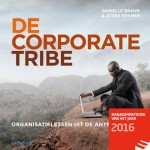 Interesting books to read:
Interesting books to read: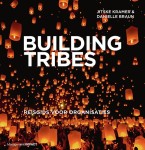 De Corporate Tribe – Organisatielessen uit de antropologie by Danielle Braun, Jitske Kramer.
De Corporate Tribe – Organisatielessen uit de antropologie by Danielle Braun, Jitske Kramer.
Building Tribes – Reisgids voor organisaties by Jitske Kramer, Danielle Braun
The conference ended with the keynote from Margriet Sitskoorn How Agile is Our Human Brain? Take a trip through the plasticity of your mind and gain insight into how you can express your talents and best accomplish your goals in the age of agility. Magriet explained what it means to live in a VUCA (Volatile, Uncertain, Complex, Ambiguous) world. How can you develop your executive skills to be successful in a VUCA world? These executive skills are related to your pre-frontal lobe and help you to change from puppet to master. We experienced working memory, inhibition and inhibition and flexibility. To develop your pre-frontal lobe, you have to do something new. For this purpose, she developed the EFFECT program (Enriched environment, Flow-focus training, Fixed sleep pattern, Exercise, Connect today with tomorrow, and Time).
Some interesting book to read:
- Hersenhack by Margriet Sitskoorn
- IK2 (IK kwadraat) – De beste versie van jezelf – Ontwikkel je hersenen en behaal je doelen met het EFFECT-programma by Margriet Sitskoorn
- Train your CEO Brain by Margriet Sitskoorn
When we left, we received a goody bag with a pair of Xebia happy socks and the book Agile NXT insights and foresights for your next step in agile.
The next Agile NXT Future Friday will be held Friday September 13, 2019. If it will have the same quality of this first one, it’s definitely a conference I would like to attend.








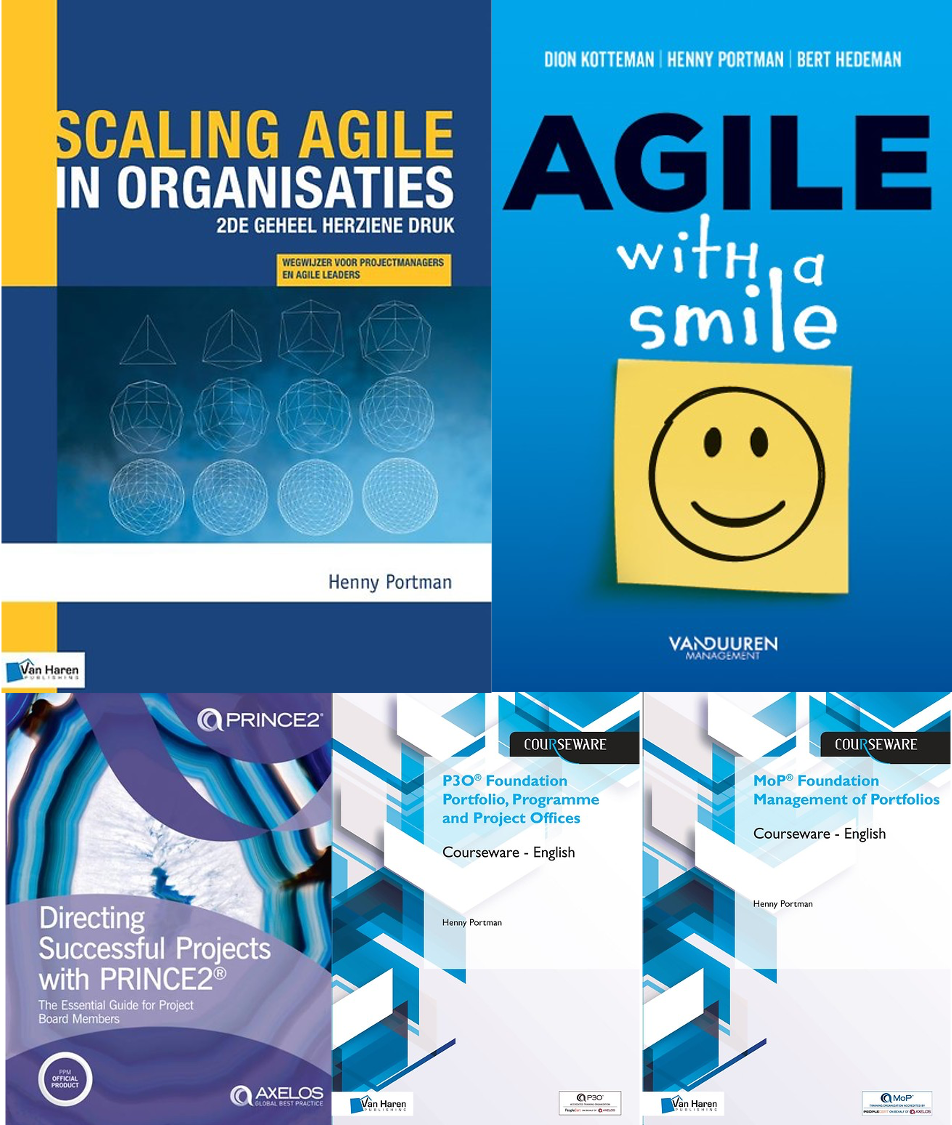



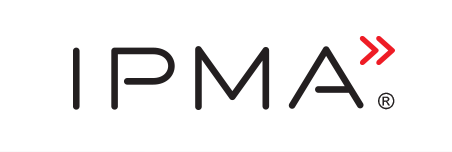

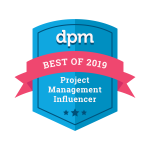




Pingback: AGILE NXT Future Friday; it’s not just an ordinary conference! | Henny Portman's Blog